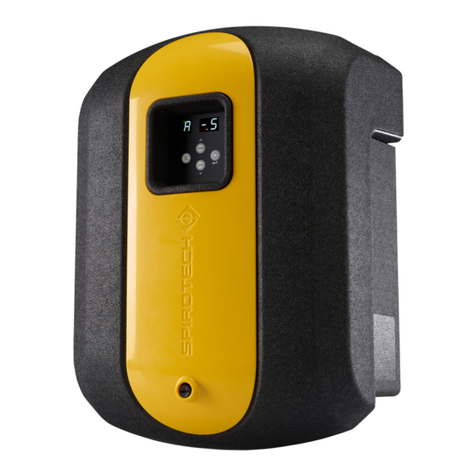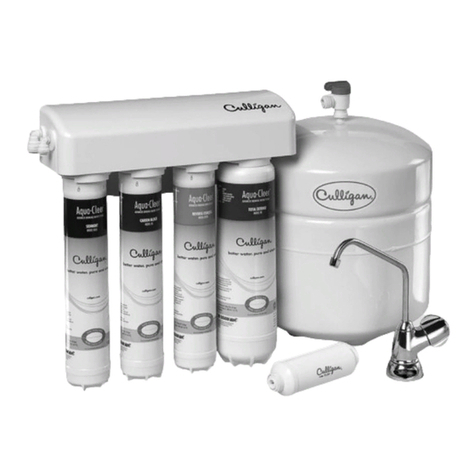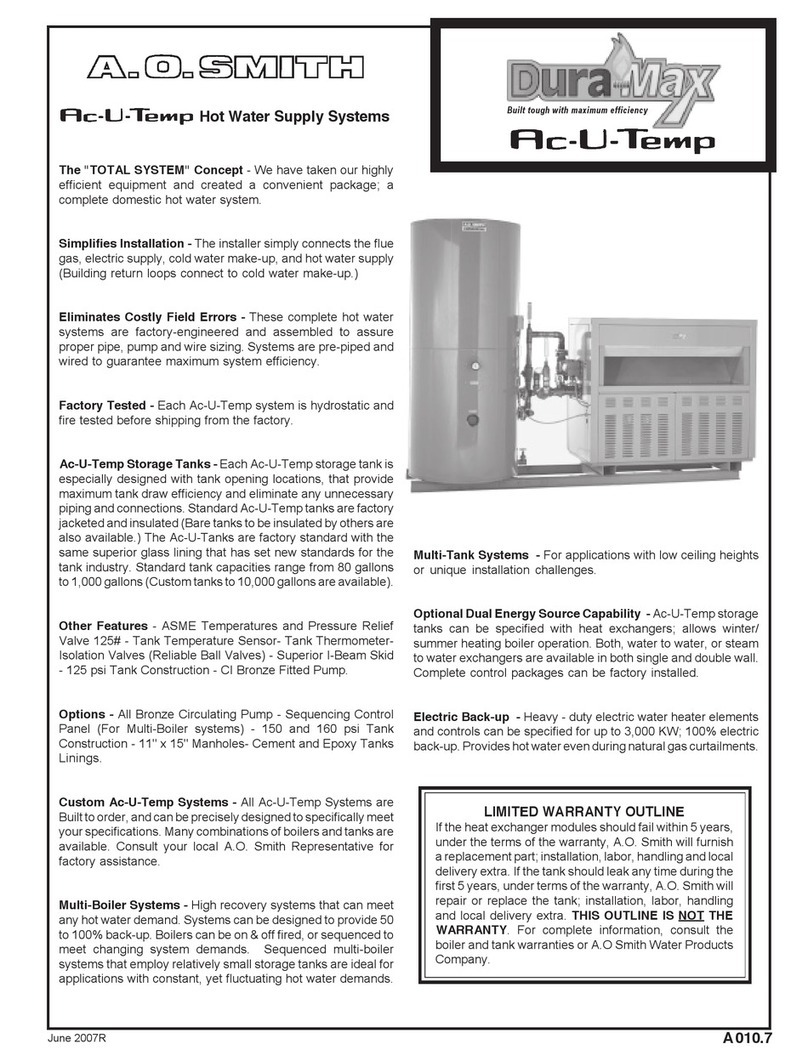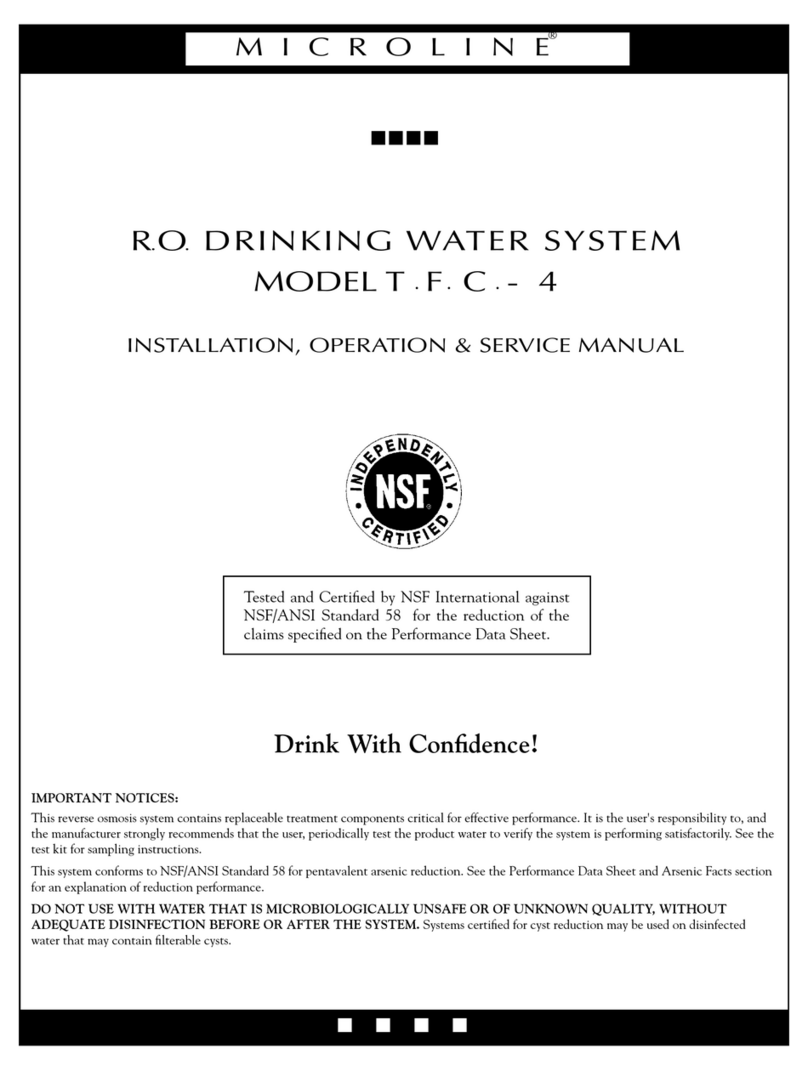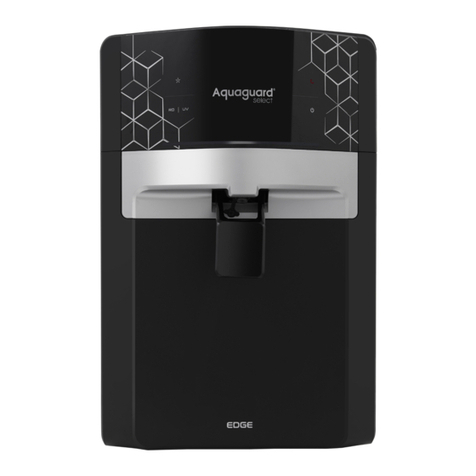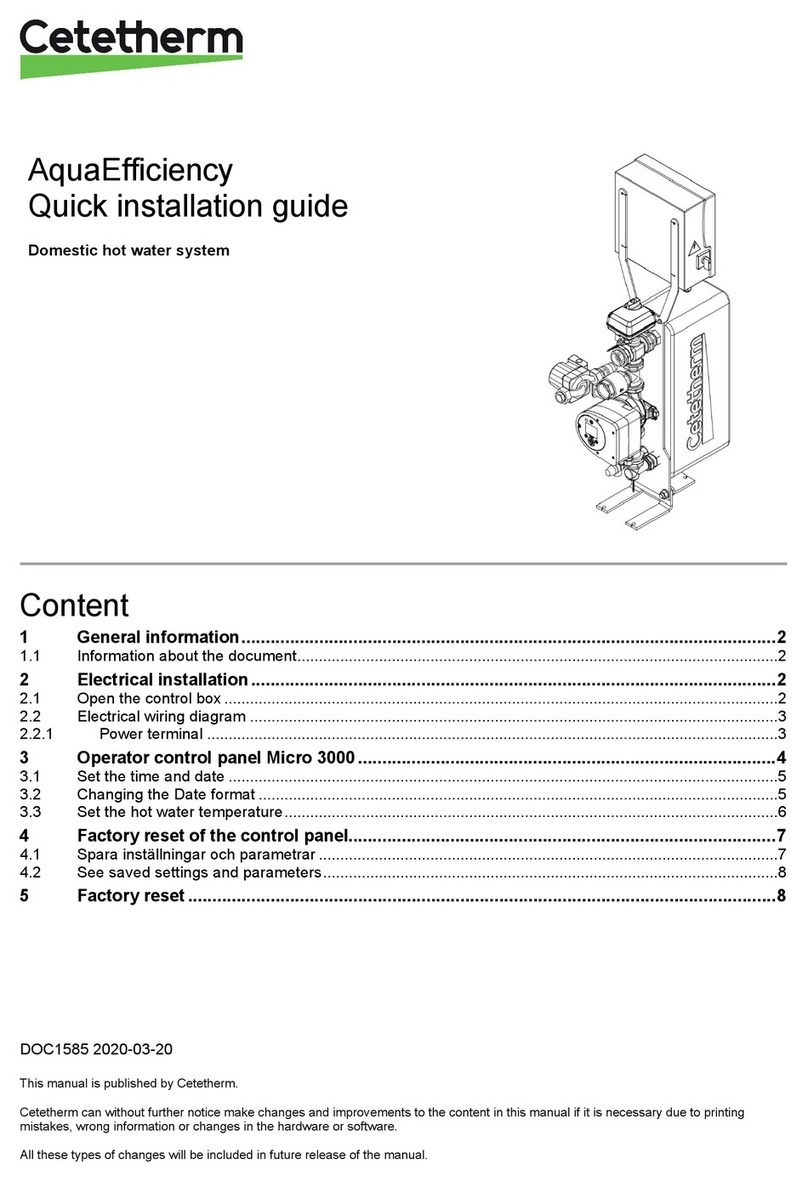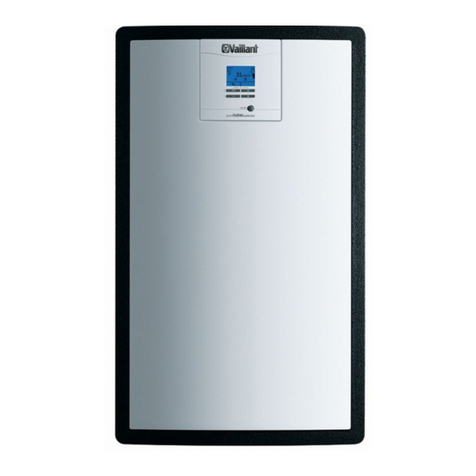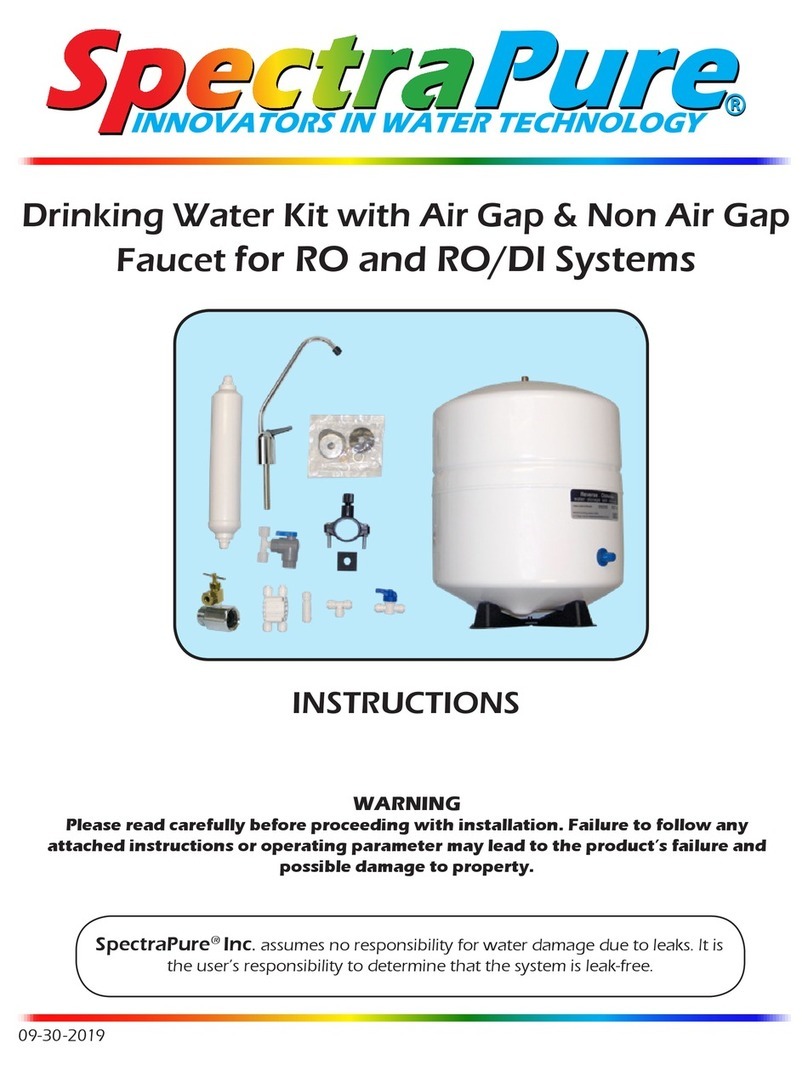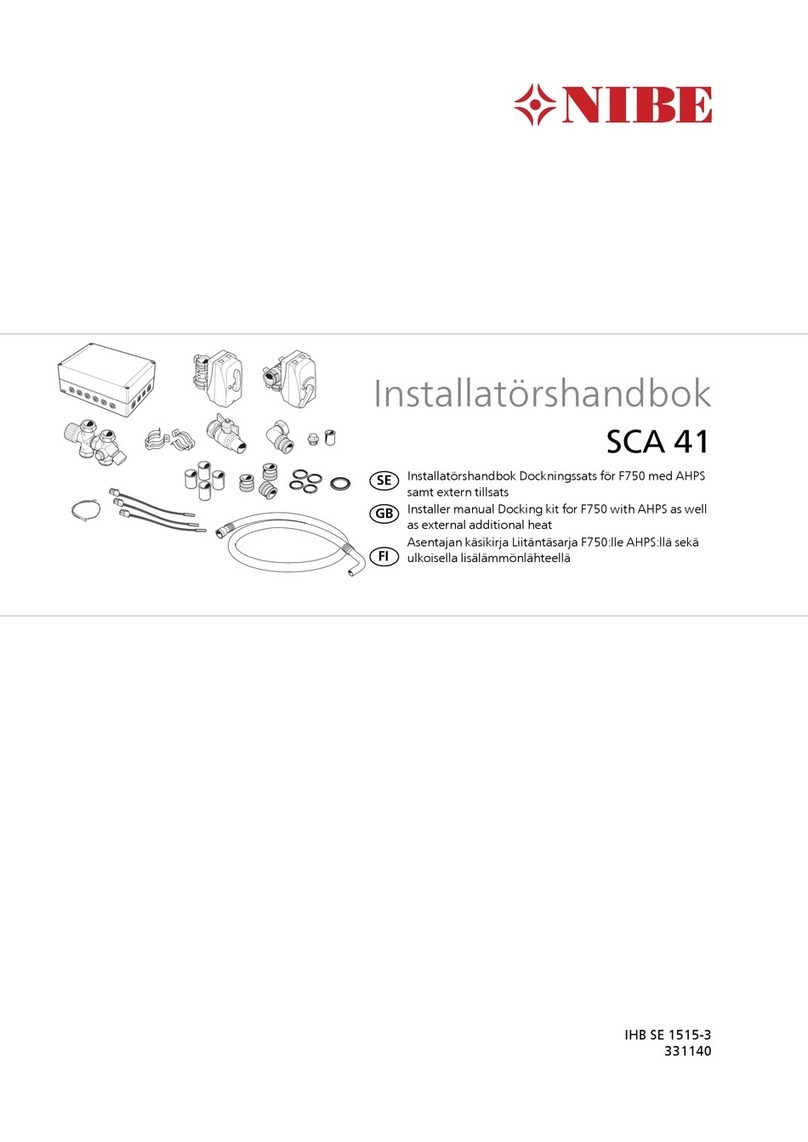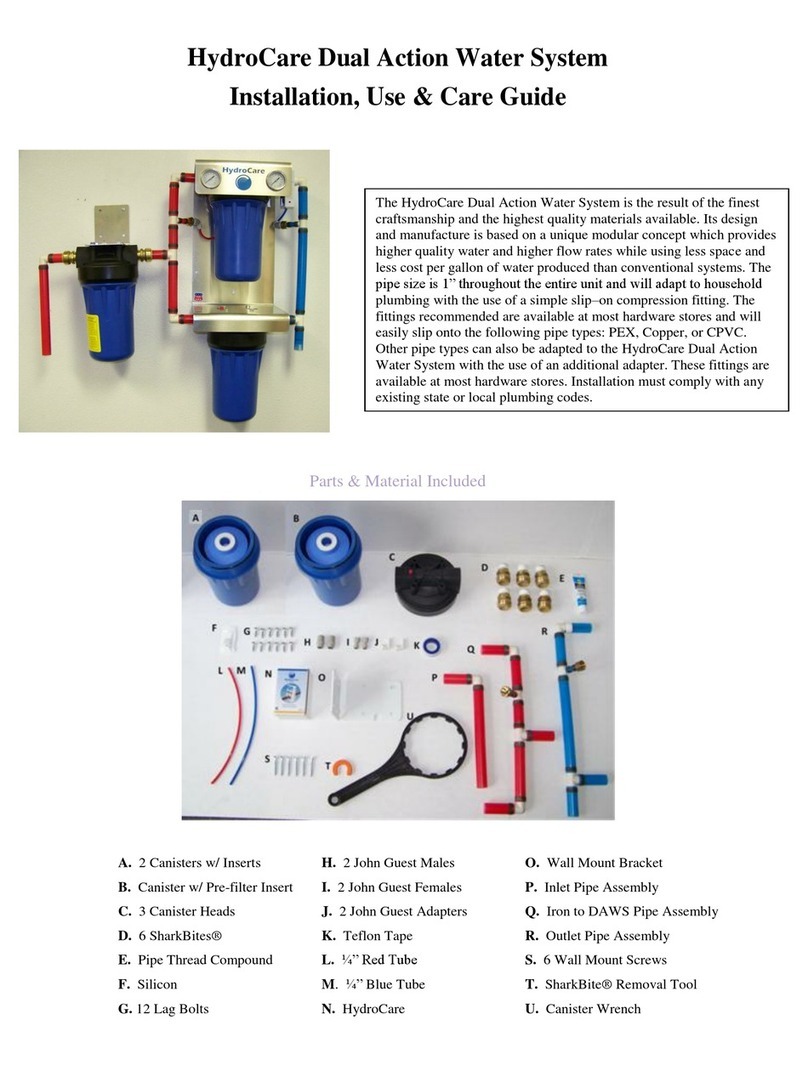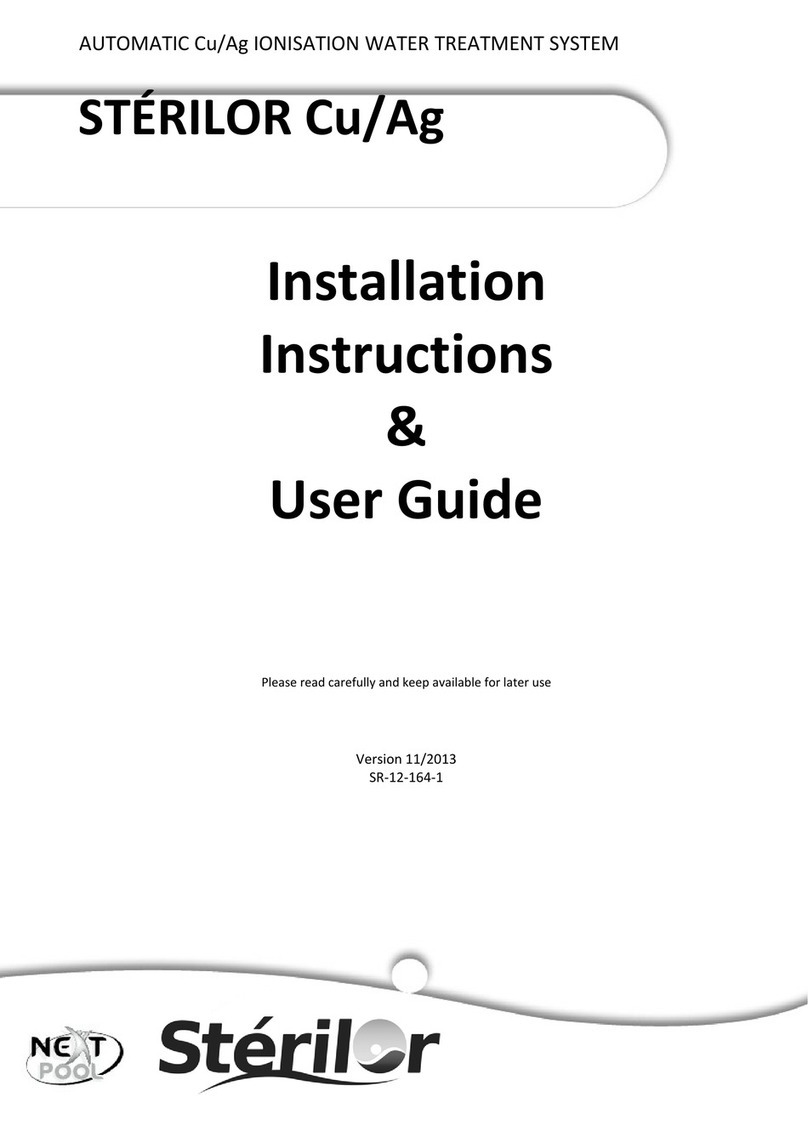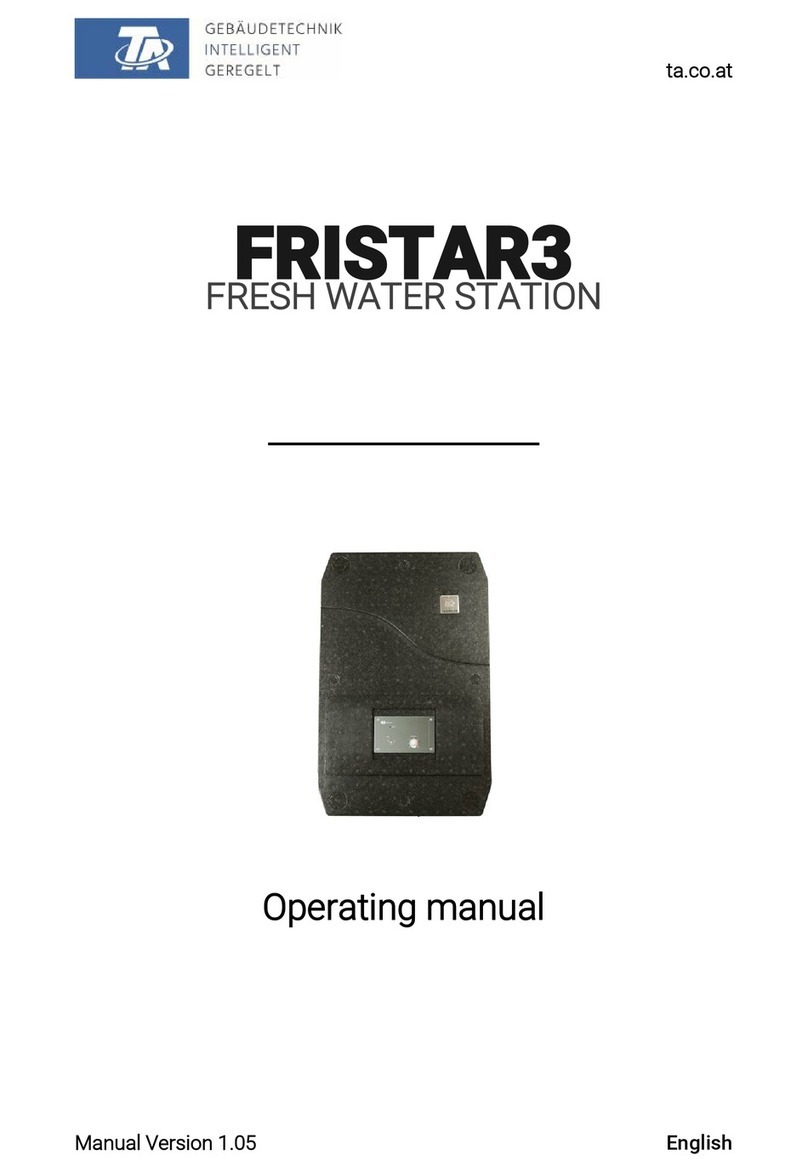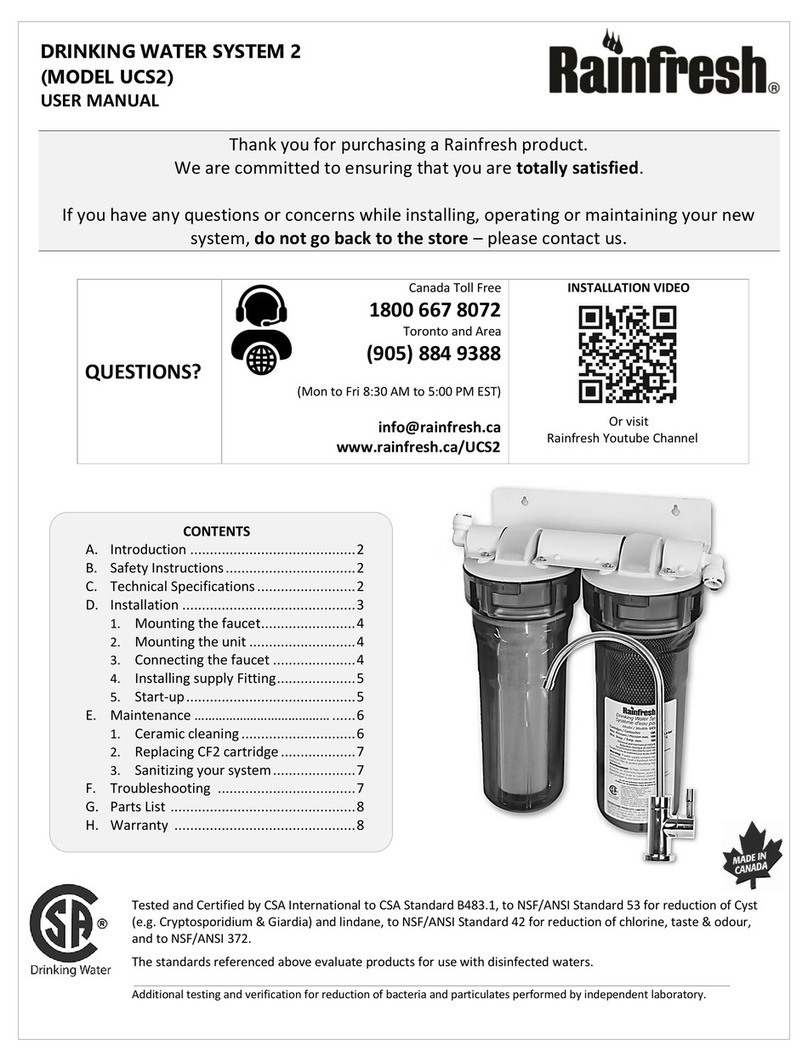Contents 1
VVM 240
General
Concise product description ................................ 2
Setting table ........................................................ 2
System description
Principle of operation .......................................... 3
System diagram .................................................. 3
Front panel
Layout .................................................................. 4
Explanation .......................................................... 4
Settings
Heating control system ........................................ 6
Default setting ...................................................... 6
Changing the room temperature .......................... 6
Basic values for the automatic heating control system .... 7
Setting using diagrams .......................................... 8
Offset heating curve -2 .......................................... 8
Offset heating curve 0 ............................................ 8
Offset heating curve +2 .......................................... 8
Maintenance routines
Checking the safety valves .................................. 9
Pressure gauge .................................................... 9
Actions with operating disturbances
Low temperature or a lack of hot water ................ 10
High hot water temperature .................................. 10
Low room temperature ........................................ 10
High room temperature ........................................ 10
Switch position “ ” .......................................... 10
Alarm/alarm outputs ............................................ 11
Resetting the temperature limiter ........................ 13
Resetting the miniature circuit breakers .............. 13
Helping the circulation pump to start .................... 13
General information for the installer
Transport and storage .......................................... 14
Maximum boiler and radiator volumes ................ 14
Erecting the heat pump ........................................ 14
Inspection of the installation ................................ 14
Electric boiler mode .............................................. 14
Pipe connections
General ................................................................ 15
Pipe connections
for the heating system and hot water ..15
Draining the heating system ................................ 16
Emptying the water heater .................................. 16
Capacity diagram, heat medium pump and
charge pump ...................................................... 16
Pipe connection between VVM 240
and FIGHTER 2010
.............................................. 17
Docking
General ................................................................ 18
VVM 240 docked to FIGHTER 2010
...................... 18
Electrical connections
Connection .......................................................... 19
Access to the lower electrical connections .......... 19
Modular cable between VVM 240
and FIGHTER 2010
............................................ 20
Output as set at the factory .................................. 21
Resetting the temperature limiter ........................ 21
Max phase current .............................................. 21
Max boiler temperature ........................................ 21
Connecting the outside sensor ............................ 21
Centralised load control and load monitor .......... 22
External contacts ................................................ 23
Disconnecting the charge pump .......................... 23
Commissioning and adjustment
Preparations ........................................................ 24
Filling the water heater and the heating system.... 24
Venting the heating system .................................. 24
Start up without FIGHTER 2010 .......................... 25
Start up with FIGHTER 2010 ................................ 25
Readjustment ........................................................ 25
Control
General ................................................................ 26
Key lock ................................................................ 26
Quick movement .................................................. 26
Changing parameters .......................................... 27
Menu tree ............................................................ 28
Main menus .......................................................... 31
Hot water temperature ........................................ 32
Flow temperature ................................................ 33
Outside temperature ............................................ 34
Heat pump ............................................................ 35
Clock .................................................................... 36
Miscellaneous ...................................................... 37
Service menus
Heat pump settings .............................................. 39
Settings additional heat ........................................ 41
Operating settings ................................................ 42
Quick start ............................................................ 44
Alarm log .............................................................. 44
Dimensions
Dimensions and setting-out coordinates .............. 45
Measuring principle .............................................. 45
Component positions
Component locations .......................................... 46
List of components
List of components .............................................. 47
Circuit diagram
Circuit diagram .................................................... 48
Sensors
Sensor placement ................................................ 49
Temperature sensor data .................................... 49
Accessories
Accessories .......................................................... 50
Technical data
Technical specifications ...................................... 51
Enclosed kit .......................................................... 51
